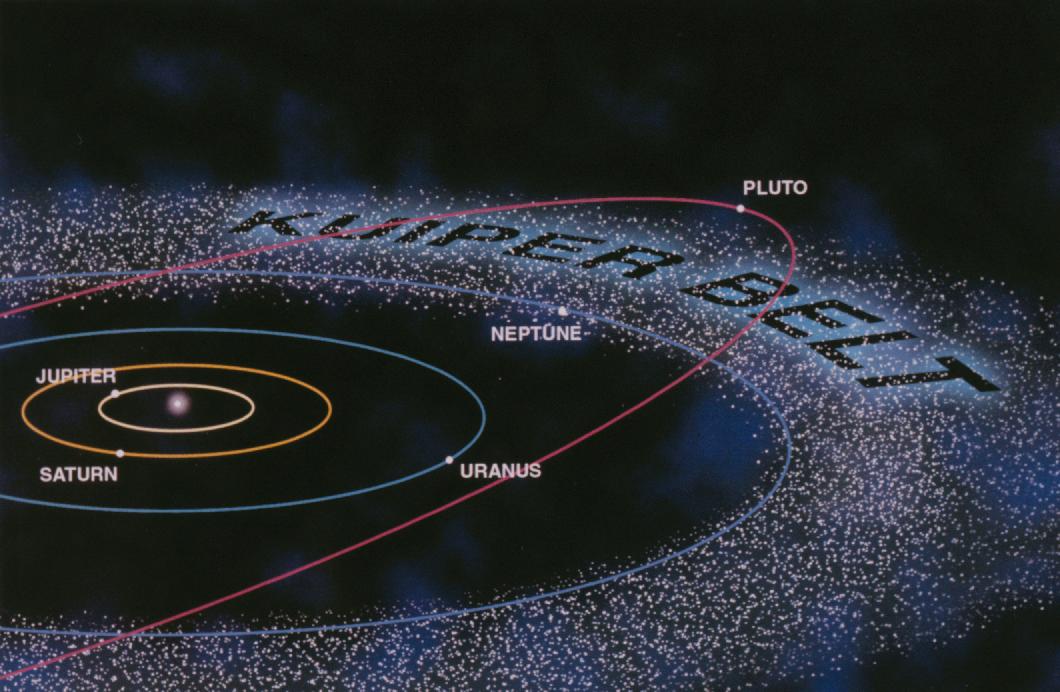Kuiper Belt and Oort Cloud
The Kuiper Belt and Oort Cloud are two regions of our Solar System that contain small, icy bodies and other celestial objects. Here's an overview:

Kuiper Belt:
- A region of icy bodies, including dwarf planets like Pluto and Eris
- Located beyond Neptune's orbit, spanning from 30 to 55 astronomical units (AU)
- Contains small, rocky and icy bodies, remnants from the Solar System's formation
- Objects in the Kuiper Belt are thought to be the source of short-period comets
Oort Cloud:
- A distant, spherical shell of icy bodies surrounding the Solar System
- Estimated to be between 2,000 and 100,000 AU from the Sun
- Contains trillions of small, icy bodies, including comets and other celestial objects
- Objects in the Oort Cloud are thought to be the source of long-period comets
Key differences:
- Location: Kuiper Belt is closer to the Sun, while Oort Cloud is much farther away
- Shape: Kuiper Belt is a disk-like region, while Oort Cloud is a spherical shell
- Objects: Kuiper Belt contains smaller, more rocky objects, while Oort Cloud contains larger, more icy bodies
These regions offer insights into the formation and evolution of our Solar System, and their study helps us better understand the origins of comets and other small celestial bodies.
✍ Share Your Knowledge with Our Community!
get rewards for paying bills
upto ₹250 off when you pay your first bill on CRED
